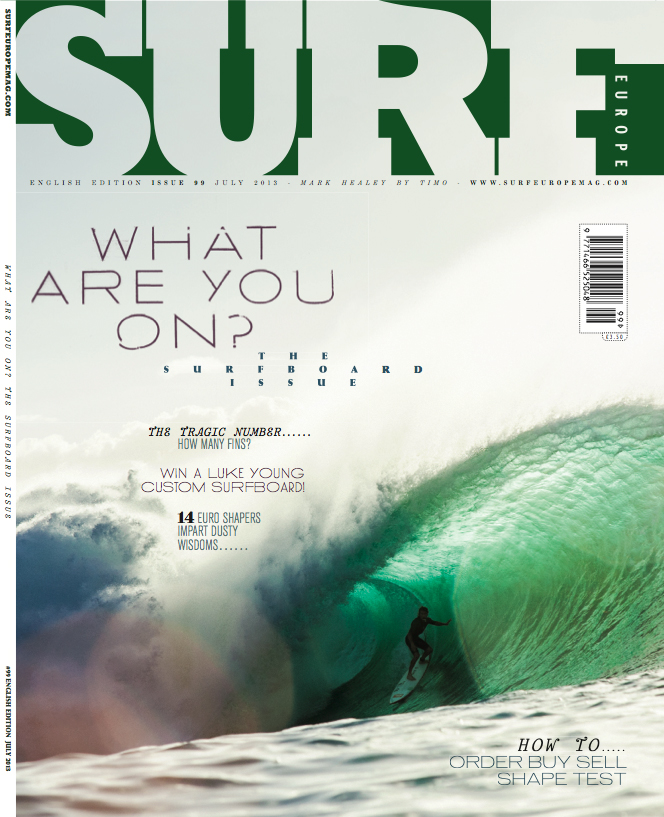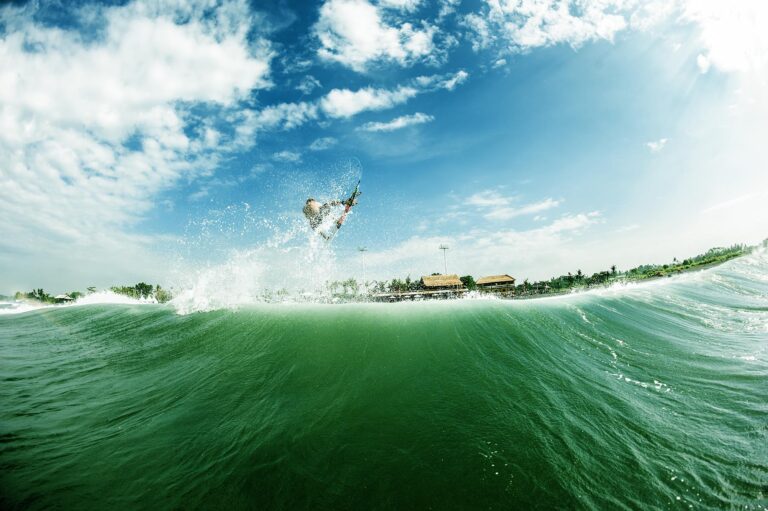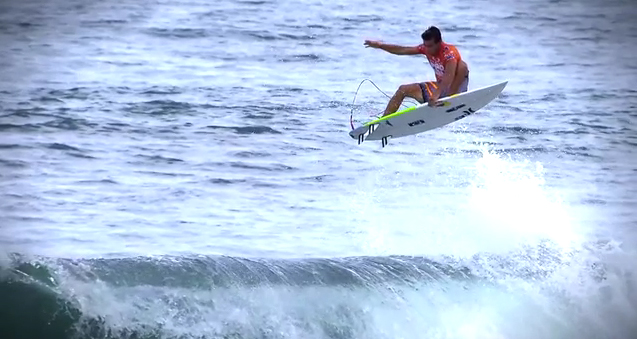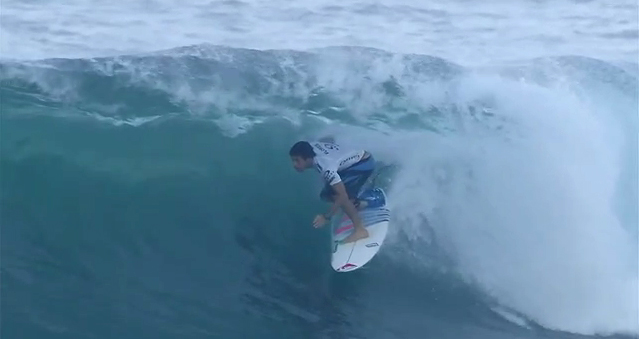
Aahh “Feel the gladness of the may” said William Wordsworth. This May, we invite you to not only feel the gladness but share it with some of the radical fauna of your local break. There should be plenty of it… if not call Surfrider!
First off, floating on the sea surface you might notice several species of jellyfish appear this late spring. General pelagic, they might appear one day in huge numbers. Like the Barrel, (Rhizostoma octopus), Blue (Cyanea lamarckii), Wind Sailor (Velella velella) and Compass (Chrysaora hysoscella). These all provide a major food source for the endangered leatherback turtle (Dermochelys coriacea) a seasonal visitor from the tropics to UK waters in summertime.
While none of these will kill you, a sting can be unpleasant, as can a sting from the weever fish (Echiichthys), which also can be found from May on low tide sandbars, particularly on spring tides. If you do get stung, hot water will be much more useful than piss, although a lot less fun.
Above your head, a whole host of bird species either frequent or reappear around the British coast
in May. Surfers on the south coast might witness the first swifts, swallows, cuckoos, turtle doves returning from Africa. One swift (Apus apus) does make a summer, as they say, but it’s a step in the right direction!
Between mid May and July, basking sharks (Cetorhinus maximus) can be seen, particularly in the south west, which at up up to 7 tonnes, are the world’s second largest fish. While perhaps an unsettling sight, unlikely to swallow you whole, since they eat the zooplankton and small fish and invertebrae that proliferate around our coasts at this time of year. Meanwhile, spring also sees the start in the peak that most whale and dolphins sighting occur. Of the 32 species of whales and dolphins found in UK waters, the very rarest, namely Minke whales (Balaenoptera acutorostrata) and Striped dolphins (Stenella coeruleoalba) have both been spotted in the Channel, in May.
Good luck and happy animal loving!





